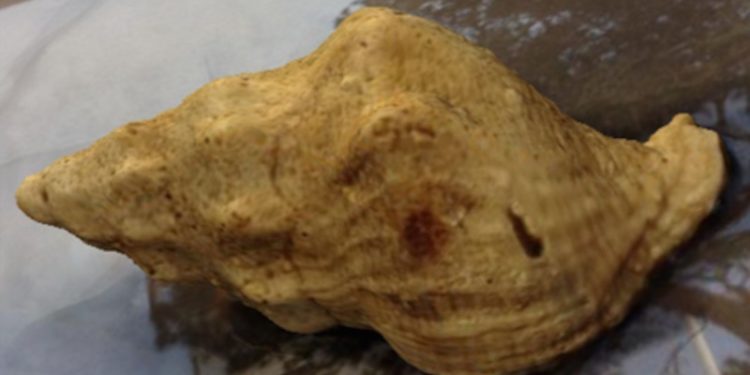A growing fishery for giant whelks in eastern parts of the Baltic has become a lucrative extra activity for fishermen in the Gulf of Finland across an area that straddles Estonian, Finnish and Russian waters, triggering tension between Russia and the two EU nations.
‘The whelk fishery has been something that has been kept quiet for a few years,’ commented Jan-Holger Sildquist, chairman of the Remoulade Fishermen’s Federation. ‘It grew gradually and now it has started to expand quickly. These are giant golden whelks that we can fish in shallow water with traps and they seem to be spreading around the islands off the coast of Finland.’
The distinctive golden colour of the whelk shells is thought to be due to the high copper content of the seabed around the island of Gogland in the Gulf of Finland, although other sources claim that the golden whelks were imported from the Caspian Sea during the 1960s as part of a Soviet programme to introduce them as a commercial species, with a breeding population establishing itself around Gogland. It is only now with rising sea temperatures that the golden whelks have started to breed increasingly rapidly and spread across a wider area of the Gulf of Finland and into deeper water.
‘There are only a few Finnish boats fishing for golden whelks at the moment and the fishery is self-regulated, with anything under than 90mm is returned to the water. We have been in contact with the Estonian fishermen across the water and are working with them to ensure the whelks are not overfished, but we don’t know what is happening on the Russian side,’ Jan-Holger Sildquist said.
‘Giant golden whelks are fetching a good price on Asian and Middle Eastern markets so we don’t have to catch a large volume to have a good season. We’re looking at the possibility of exporting them as live freight, which should fetch even better prices, but we have to look carefully at the costs and any challenges in keeping them alive.’









